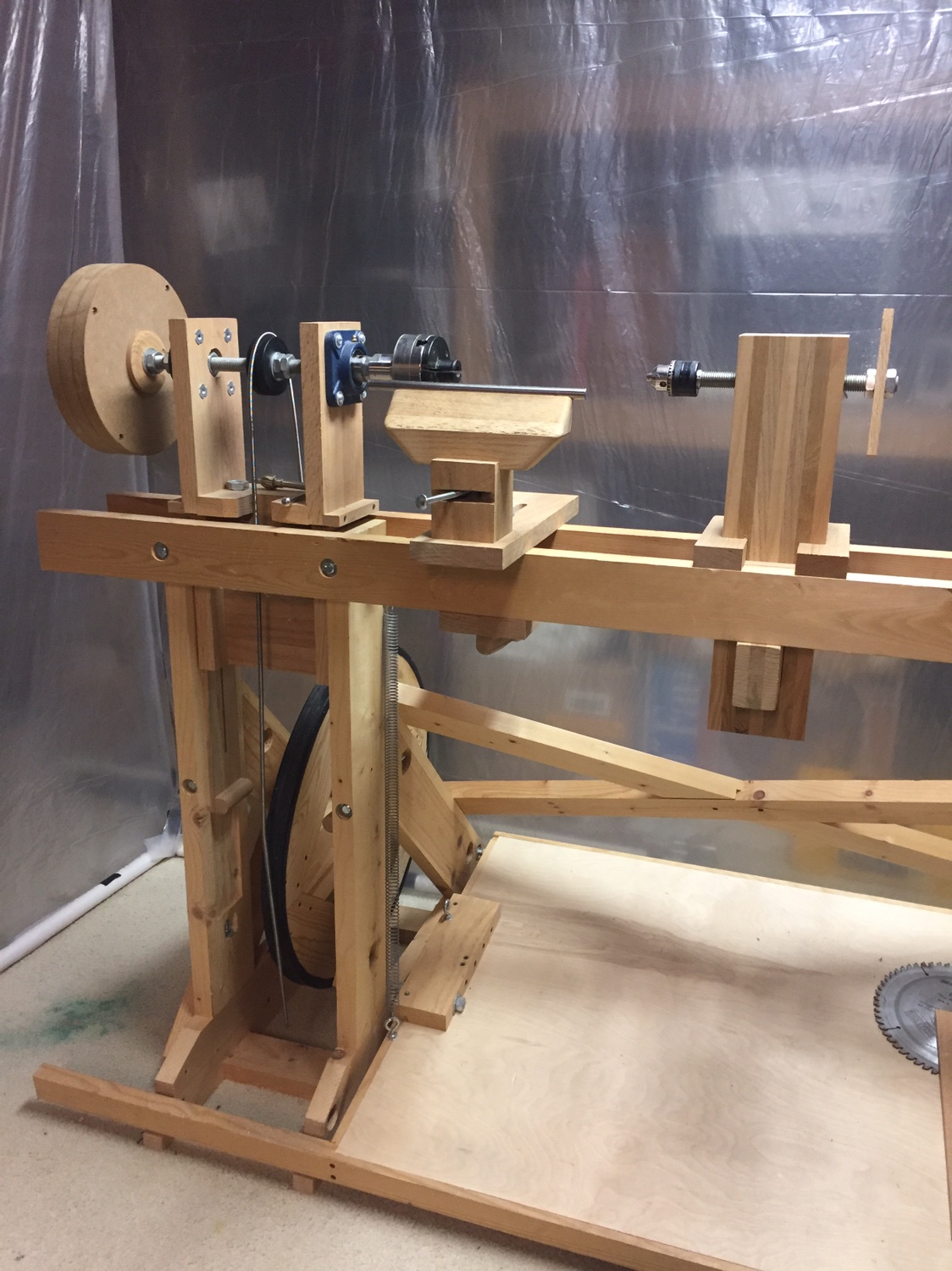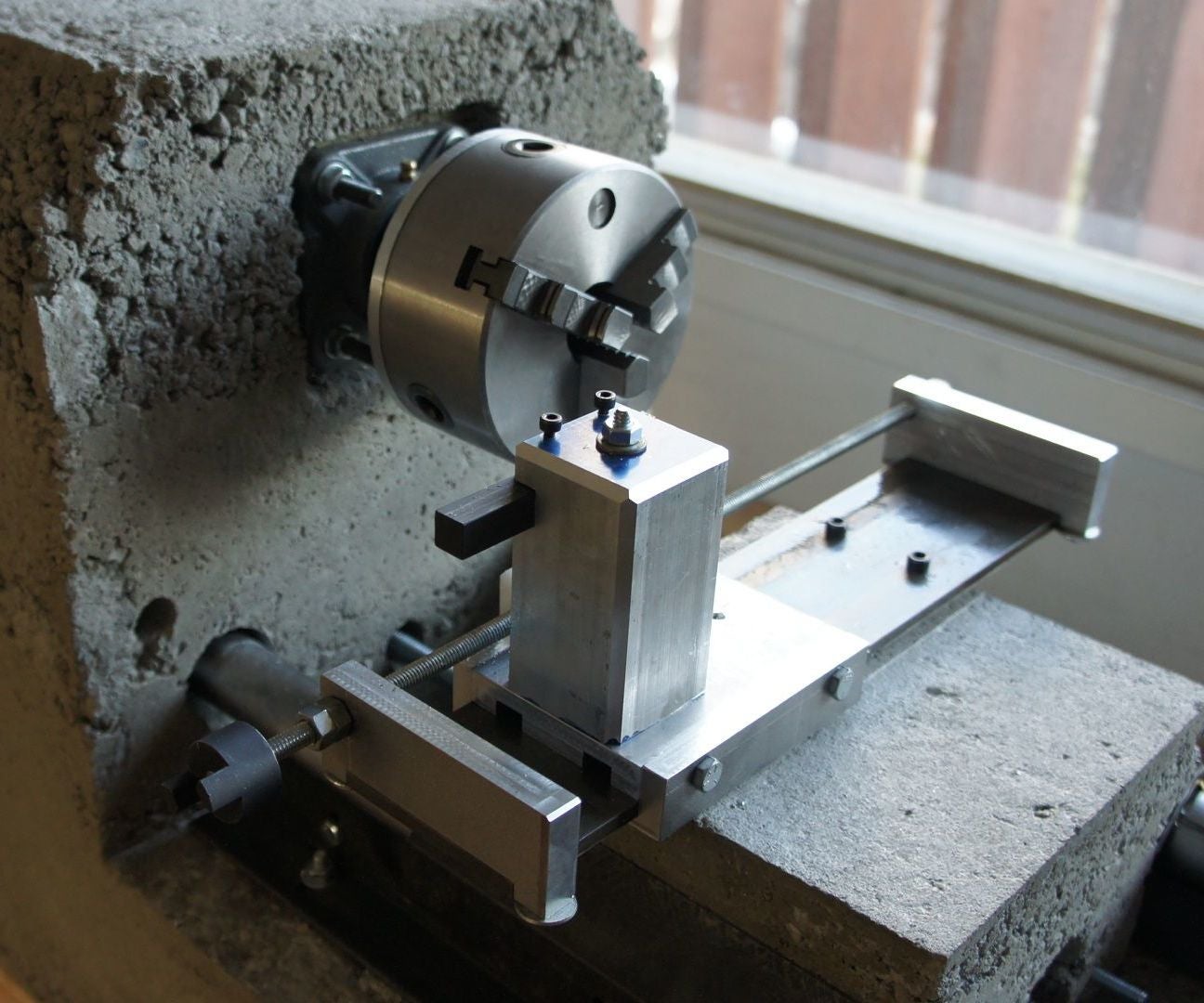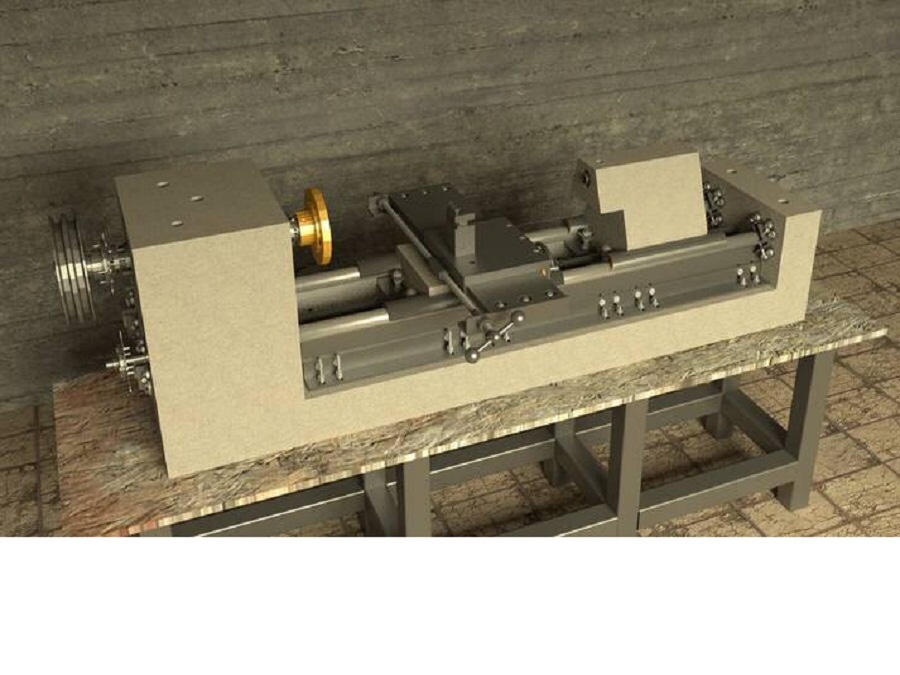- Joined
- Nov 27, 2012
- Messages
- 7,854
My first "lathe" was a drill press and a Dremel grinder.
My first "mill" was a Dremel & Dremel drill press attachment. That Dremel was the very first power tool that I got in my life when I was 15 yrs old. I still have that Dremel but the bearings are bad now, I wonder why.
My first "lathe", well first time I used a "lathe" was a brake lathe that I used to machine 2 pulleys off a Honda harmonic balancer. Had no idea what a lathe was at the time & that I was technically machining the pulley.





